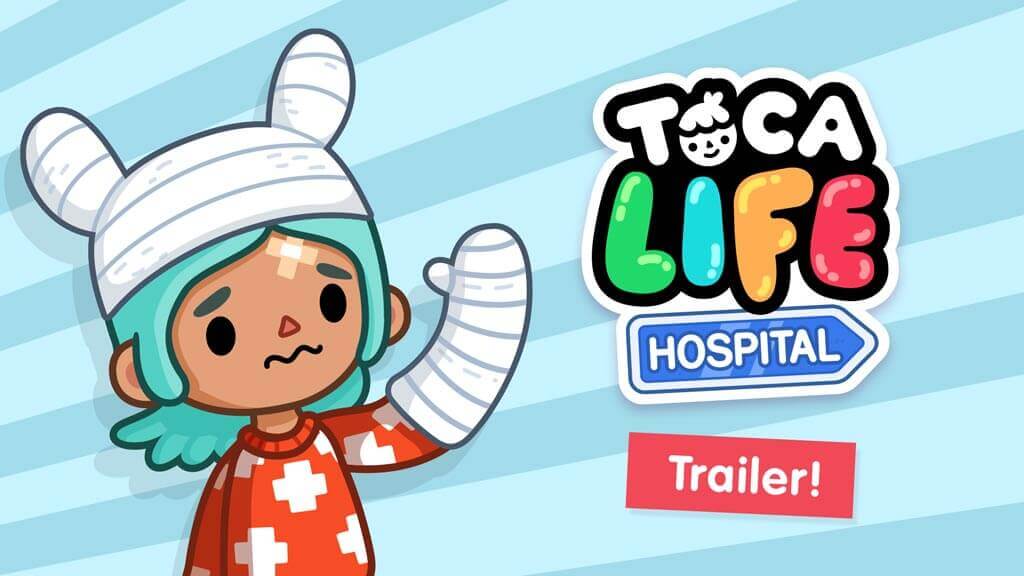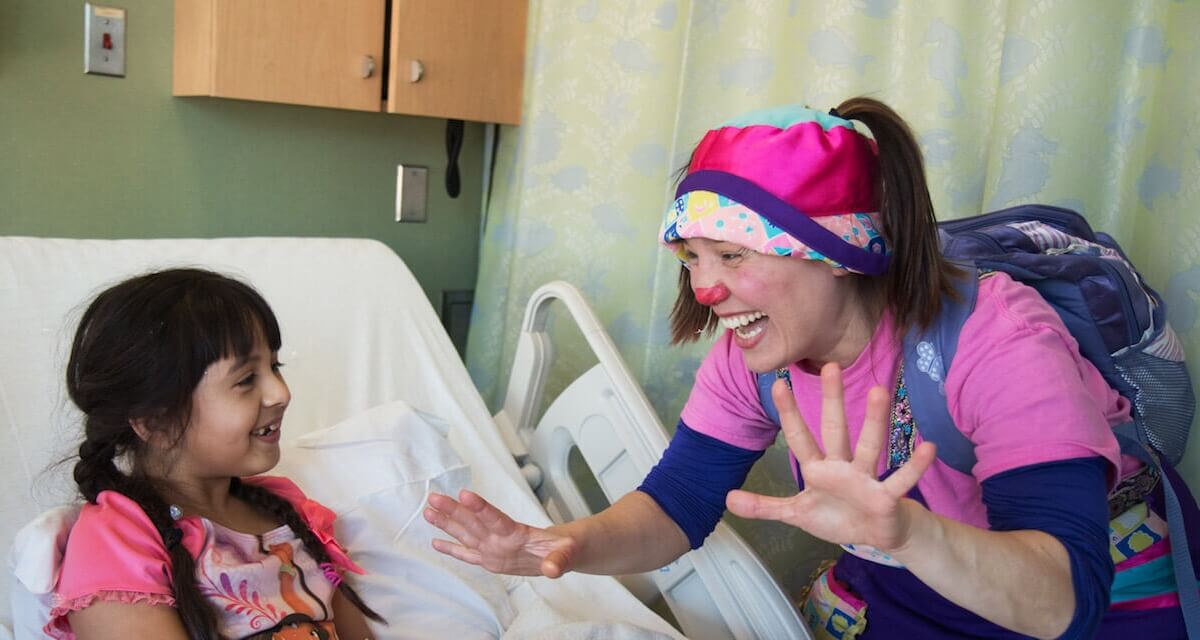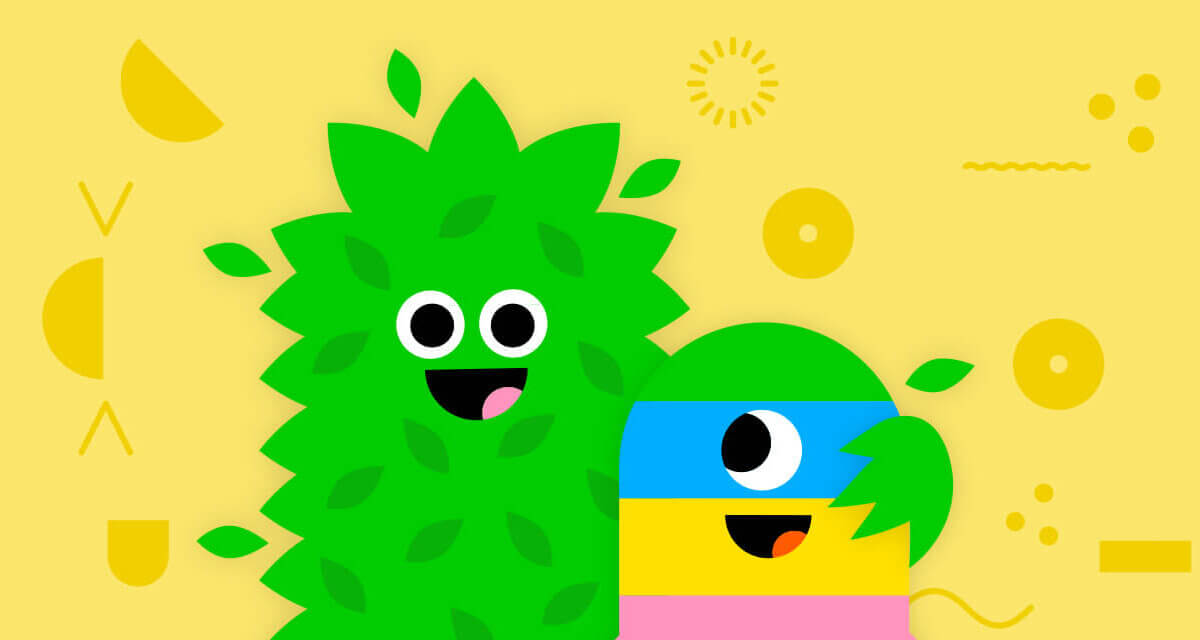Play designer Petter Karlsson interviews pediatric nurse about how she creates positive experiences for kids at the hospital.
- By
- Parker Barry
 As the play designer for Toca Life: Hospital, I wanted to have an understanding of children’s experiences in hospitals, the many emotions they face and the people who help guide them through what may be a scary process. In order to bring authentic details about hospital life to the app, I visited a children’s hospital in Sweden, where I met Johanna Pederson, a pediatric nurse who works with kids from newborns up to 18 years old in the emergency ward. Johanna was one of the amazing people who helped us make Toca Life: Hospital by showing us around the hospital and sharing her views with us.
As the play designer for Toca Life: Hospital, I wanted to have an understanding of children’s experiences in hospitals, the many emotions they face and the people who help guide them through what may be a scary process. In order to bring authentic details about hospital life to the app, I visited a children’s hospital in Sweden, where I met Johanna Pederson, a pediatric nurse who works with kids from newborns up to 18 years old in the emergency ward. Johanna was one of the amazing people who helped us make Toca Life: Hospital by showing us around the hospital and sharing her views with us.
Petter: Your specialty is hospital play therapy. Why would kids play at the hospital?
Johanna: According to Swedish law, every child has the right to play when they are in the hospital. We know that a lot happens when kids in the hospital play. Through play, kids can process feelings, and if they have an experience that’s not so good at the hospital, they can play and release some of those feelings and work with them. It’s good for all children to play and to have the opportunity to play.
Petter: So, when would a kid meet you? What issues might they be having?
Johanna: It can be so many different things. They can have a cold, they can have a broken arm, they can have breathing problems. But normally they have pain somewhere and are afraid about something that’s going to happen in the hospital. So we meet them, and explain what we’re going to do, and how we’re going to help them. And we show them, because they often don’t have any experience with how things can be in the hospital.
Petter: When you first meet a kid who is at the hospital and afraid of something, what do you want to find out?
Johanna: First, I want to know, who are you? Because if I can know you, and you can know me a little bit, we can make a connection. And then you can feel comfortable enough to tell me what you are scared of. And then I want to know, what are you scared about? It’s often, “It’s going to hurt me” or “I don’t know what you’re going to do” or “You’re going to hurt me and I don’t know what’s going to happen.”
So I start to talk about what’s going to happen. And I can use pictures, and I can also use the tools that they’re going to use.They can look at them, touch them and see how they work. Once they understand, they can tell me if they want to know more or if they have any questions that I haven’t touched on.
Petter: How would you invite a child to play with you?
Johanna: I want to find something that I know that they are familiar with. Most of the children have seen a balloon. So you can use the gloves and make a balloon out of them. Or, if they have a toy with them, like a teddy bear or something, you can start to talk about that, and invite the toy to play. With small children, you can play peek-a-boo. I also often tell a story, like the story of how my crocodile toy got its name.

Petter: I noticed you have lots of colorful and playful accessories. Do you also think about what you wear in terms of play?
Johanna: Yes, kids often don’t know about the clothes we wear in the hospital. It can be very scary to meet people in the hospital — it’s new people, people who look different and dress very different. The hospital smells are different, often it can be very cold, and there are big rooms without much on the walls. So you can be the color in the room if you put some color on you. And if you wear things they’re familiar with — they know different animals and different colors — it can be something they can connect to. They feel, “I don’t know all about this place, but I know that thing. I also play with animals.” It gives them something to relate to. And kids do like colors. I think we all do — everyone gets happy about colors.
If the parents are worried about something, kids are … going to be worried too, even if they don’t know what they’re worried about.
Petter: Do you work with parents?
Johanna: It’s important to engage with parents too. If the parents are worried about something, kids are reading their parents and they’re going to be worried too, even if they don’t know what they’re worried about. Whether it’s a kid or a parent, you have to let them tell you about what they are carrying — what are the fears they are thinking about?
Petter: In your mind, should parents have total honesty about what will happen to kids in the hospital, or should they try to sugarcoat things?
Johanna: I think it’s important to tell kids things as honestly as possible. If it’s going to hurt, talk about it: “It’s going to hurt. But how are we going to handle that feeling? If you’re going to be scared, or if you want to scream, it’s OK.” That’s better than saying “You’re not going to scream” and “You’re not going to be scared at all.”
Parents can also ask kids what they want to know that can help reduce their fear. Find out as much as possible, and just explain what you know. And if you don’t know, you can say it: “I don’t know but we can see; we can ask the nurse.” Then we can help explain.
You have to put on your kid glasses in order to see things from the children’s perspective.
Petter: Do kids and adults view hospitals differently?
Johanna: I always say that you have to put on your kid glasses in order to see things from the children’s perspective. And it can be hard if you don’t know how a 3-year-old kid thinks. I saw a film in a course I was taking. They gave a camera to a 2-year-old boy and they walk around in the emergency ward. And he sees so much stuff that we don’t see, like under the table. And he saw so many legs. That’s why it’s important to think about what you have in your pocket or on your knee; it can be attractive for a child also. So I think about taking the kids’ perspective, putting those glasses — if I was them, what would I see?




